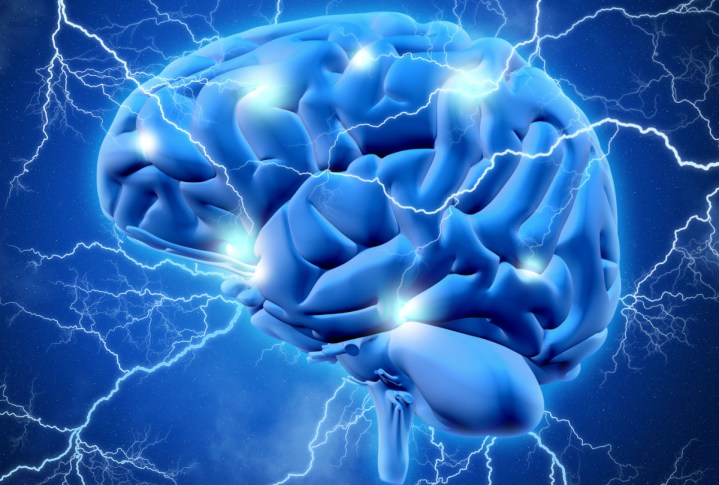It’s a weird observation that people with epilepsy can occasionally remember old dreams during seizures. Scientists at France’s Toulouse University Hospital have now discovered that this same effect can be recreated by stimulating a particular part of the brain using electricity.
“Sudden and unexpected reminiscences of memories have been described after some direct electrical brain stimulations in epileptic patients since neurosurgeon Wilder Penfield’s [pioneering work] between the 1930s and 60s,” Jonathan Curot, a PhD student studying neuroscience at Toulouse University Hospital, told Digital Trends.
Over the past several decades, Curot said that different types of electrical brain stimulations, such as deep intracranial stimulation or electrocorticography, have sometimes been shown to recreate this effect in epileptic patients. However, because there was no way to reproduce these in a deterministic manner, very little has been known about the phenomenon — which is referred to as déjà-rêvé.
A bit like déjà-vu’s lesser-seen brother, déjà-rêvé involves recalling an experience which a person had while they were sleeping. This difference is summarized in their names: while déjà vu is French for “already seen,” déjà rêvé means “already dreamed.” The researchers in this new study found that this effect can be consistently recreated by stimulating the temporal lobe, a part of the brain associated with long-term memory, dreaming, and forming memories during sleep.
“We have demonstrated [this effect] in six epileptic patients,” Curot continued. “We have trapped EEG signals during déjà-rêvé and we were able to record patients during it and interview them just after these phenomena.”
According to Curot, the discovery is interesting because being able to explore the sudden unexpected reminiscences of dreams without environmental cues can help us better understand the brain. It could also have potential therapeutic application when treating people with neurological diseases involving memory disorders.
“We are [now] studying neuronal activity changes after electrical brain stimulations,” he said. “We use new intracranial microelectrodes to explore the effect of electrical stimulation to better understand how they modulate neuronal activity.”
A paper describing the work, titled “Déjà-rêvé: Prior dreams induced by direct electrical brain stimulation,” was recently published in the journal Brain Stimulation.
Editors' Recommendations
- Digitizing your brain: Sci-fi pipe dream, or scientific possibility?
- Brain-stimulating implant can turn down Parkinson’s symptoms as required
- Space radiation can damage mice’s brains and cause anxiety, study shows
- In China, a deep brain stimulation implant is being used to treat addiction



